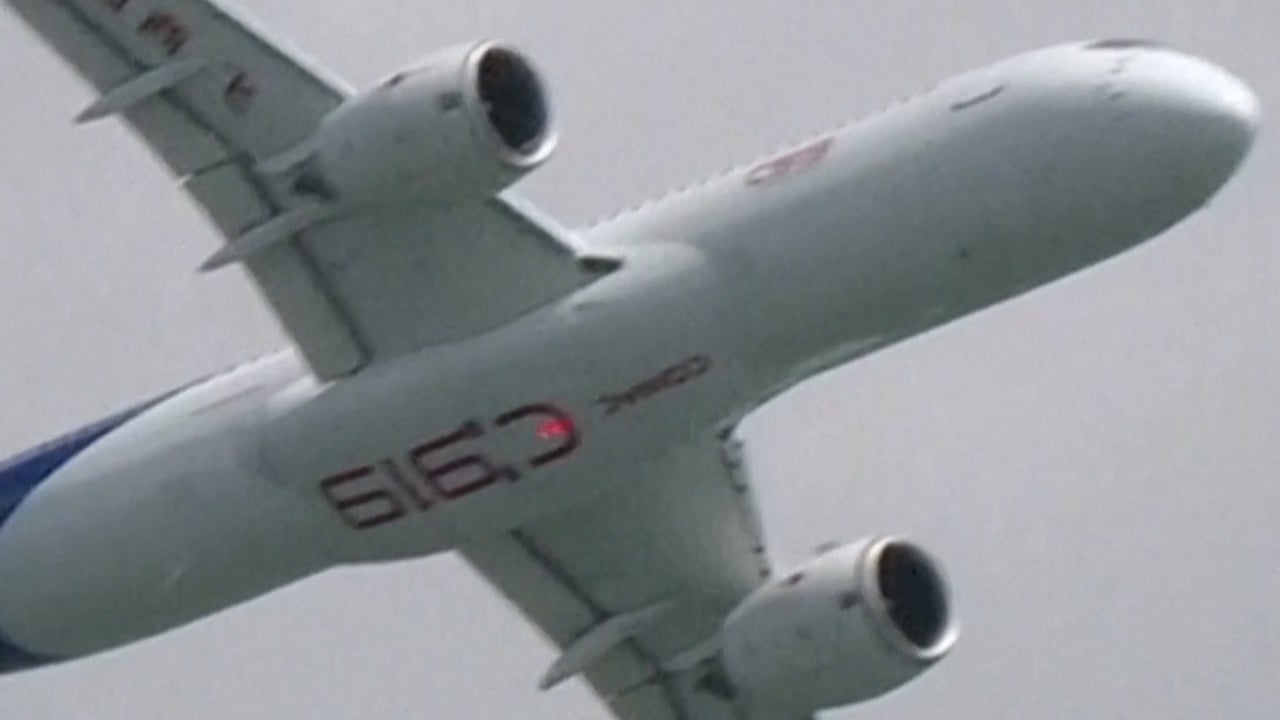South Korean aerospace manufacturers are poised to tap into China’s burgeoning aviation market amid post pandemic supply chain reshuffling and surging demand, according to a report.
“Due to the unstable logistics and rapidly rising transportation costs during the Covid-19 period, China is increasingly moving existing aviation parts supply chains from North America and Europe to neighbouring countries,” the Korea Trade-Investment Promotion Agency (Kotra) said in its report.
Buoyed by the post-Covid recovery in the global aviation sector, China’s civil aviation market – the second-largest in the world – is hoping to boost its domestic production with the narrowbody C919 designed to compete with Boeing and Airbus.
The state-owned Commercial Aircraft Corporation of China, the manufacturer of the C919, has plans to ramp up investment in the next few years.
Korean companies that produce parts, equipment, and tools related to composite materials, sheet metal moulding parts, wing and skin parts, fuselage structures made of aluminium and titanium and doors need to actively utilise export opportunities to China, the report said.
“Vendors in China are scattered sporadically, creating difficulties in having to transport them separately at each processing stage,” the report added.
“Our companies are geographically relatively concentrated, and have the advantage of being able to process parts and technology in one stop, therefore companies need to jointly respond to buyer demand through collaboration.”
Airbus’ second assembly line is expected to begin operation by the end of 2025, which could also see demand for parts from South Korea rise in the years to come, the report said.
More doors for South Korean firms will also be opened by poor relations between Beijing and Washington that have had severe downstream effects on aviation.
Cleared for landing: aviation suppliers expand China presence as C919 takes off
Cleared for landing: aviation suppliers expand China presence as C919 takes off
The US government has tightened controls on the export of what it deems dual-use items – technology that can be used for both military and peaceful means – with trade bans levied on a number of Chinese aerospace companies and institutions labelled as military end users.
South Korean companies could establish and increase contact with buyers by attending expos such as the Zhuhai and Shanghai air shows, the report added.
It sold US$124.8 billion worth of goods to China last year, down by 20 per cent from 2022, while imports from the world’s second-largest economy fell by 8 per cent to US$142.8 billion.


